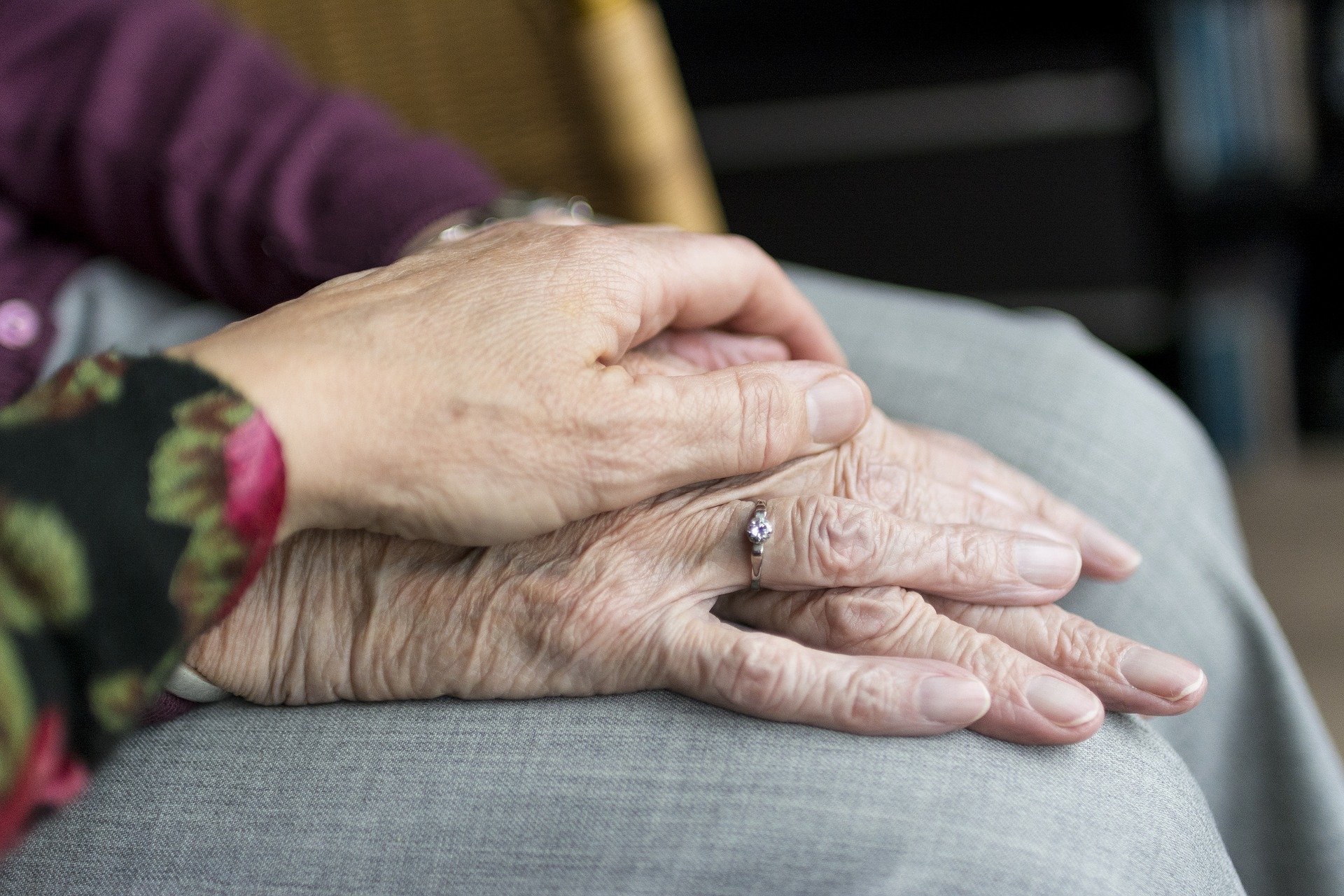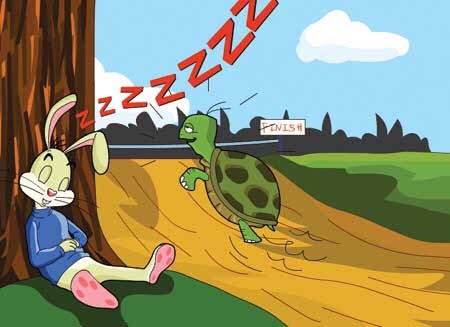
As the number of senior citizens increase, from 10.38 Crore in 2011 to an estimated 17.3 Crore in 2026 and 30 Crore in 2050, India is exploring ways to promote the idea of ‘Silver Economy’ by developing residential and infrastructure facilities of different grades for senior citizens through public-private partnership for a dignified and safe aging experience.
Silver economy is the system of production, distribution and consumption of goods and services aimed at using the purchasing potential of older and ageing people and satisfying their consumption, living and health needs. It is analyzed as an instrument of ageing policy and the political idea of forming a potential, needs-oriented economic system for aging population.
Indian Government has been proactively addressing the issue through various programmes and schemes. The government has recently launched the world’s largest healthcare programme National Health Protection Scheme. The National Old Age Pension Scheme and a subsidized food distribution programme provide income and nutritional security to older persons in poverty. The Continuing Education and Adult Education programmes in India extend literacy, vocational and quality of life training options, with special focus on reducing gender gap in literacy and post-literacy capacity building. The National Policy on Senior Citizens envisages state support for financial and food security, health care, shelter and protection against exploitation. The National Council of Senior Citizens is the highest advisory body for policymaking on the entire gamut of issues related to elderly.
Despite of these efforts, there are many challenges surrounding Senior Citizens.
- Isolation and loneliness among the elderly is rising.
- Rise in age-related chronic illness.
- The number of sick and frail elderly needing affordable nursing homes or assisted living centers will likely increase.
- Rise in the Health care costs.
Women in particular face a lot of challenges. They face life time of gender-based discrimination. The gendered nature of ageing is such that universally, women tend to live longer than men. In the advanced age of 80 years and above, widowhood dominates the status of women with 71 per cent of women and only 29 per cent of men having lost their spouse. Social mores inhibit women from re-marrying, resulting in an increased likelihood of women ending up alone. The life of a widow is riddled with stringent moral codes, with integral rights relinquished and liberties circumvented. Social bias often results in unjust allocation of resources, neglect, abuse, exploitation, gender-based violence, lack of access to basic services and prevention of ownership of assets. Ageing women are more likely to get excluded from social security schemes due to lower literacy and awareness levels.
So There is an immediate need to address the issue of failing health, it is of prime importance that good quality health care be made available and accessible to the elderly in an age-sensitive manner. Health services should address preventive measures keeping in mind the diseases that affect – or are likely to affect – the communities in a particular geographical region.
The cost of health has to be addressed so that no person is denied necessary health care for financial reasons. Rehabilitation, community or home based disability support and end-of-life care should also be provided where needed, in a holistic manner, to effectively address the issue to failing health among the elderly.
Economic security is as relevant for the elderly as it is for those of any other age group. Those who are unable to generate an adequate income should be facilitated to do so. As far as possible, elderly who are capable, should be encouraged, and if necessary, supported to be engaged in some economically productive manner.
It is important that the elderly feel included in the happenings around them, both in the family as well as in society. Those involved in elder care, especially NGOs in the field, can play a significant role in facilitating this through counselling of the individual, of families, sensitization of community leaders and group awareness or group counselling sessions.
The best way to address neglect of the elderly is to counsel families, sensitise community leaders and address the issue at all levels in different forums, including the print and audio-visual media. Schools and work places offer opportunities where younger generations can be addressed in groups. Government and non-government agencies need to take this issue up seriously at all these levels.
The best form of protection from abuse is to prevent it. This should be carried out through awareness generation in families and in the communities.
Elderly who suffer from fear need to be reassured. Those for whom the fear is considered to be irrational need to be counseled and, if necessary, may be treated as per their needs.
Early intervention, through education and awareness generation, is needed to prevent a negative feeling to inevitable loss of control. It is also important for society – and individuals – to learn to respect people for what they are instead of who they are and how much they are worth.
The elderly are the fastest growing, underutilized resource whose utility and solutions for problems, humanity still needs to figure out. Re-integration of the elderly into communities may save humanity from mindlessly changing into a technology driven ‘Industry 4.0’ which futurists are projecting: an economy of robots producing things for each other. Healthy elderly citizens can share their wealth of knowledge with younger generations, help with child care, and volunteer or hold jobs in their communities.

